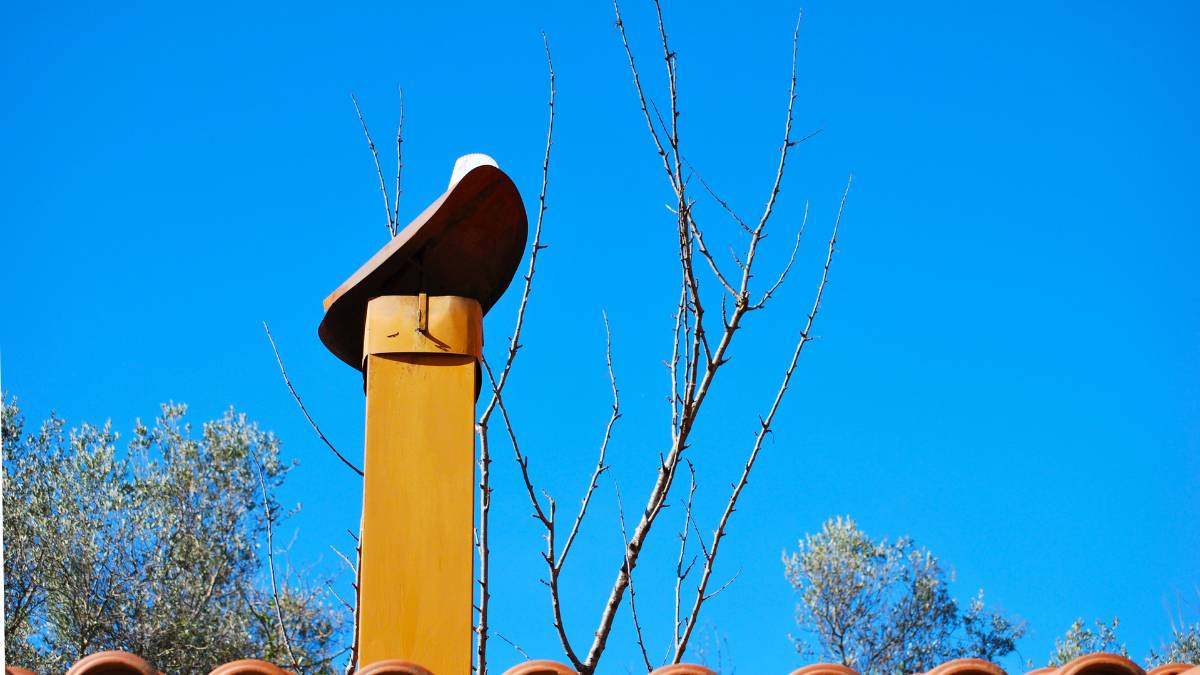Last Updated on October 15, 2023 by Kravelv Spiegel
Chimneys are essential architectural elements that ensure the safe discharge of combustion byproducts from our homes. They comprise several intricate components, one of which is the flue. This article serves as a comprehensive guide, shedding light on the essence of a flue and its pivotal role in chimney functionality.
Chimneys have been a hallmark of architectural design for centuries, serving to efficiently vent gases and smoke from the hearth. Among the crucial components, the flue stands as a fundamental element. In this article, we will unravel the mysteries surrounding the term “what is a flue” and explore its integral role in the functioning of chimneys.
Understanding What is a Flue
A flue enables the escape of combustion byproducts, such as gases, smoke, and other residues, created during the burning of fuel in stoves, furnaces, or fireplaces. It is a designated tunnel or duct inside a chimney. It serves as a conduit, carefully channeling these potentially dangerous compounds outside and preventing their buildup inside the living area.
The Anatomy of a Flue
To comprehend the significance of a flue, let’s break down its components and how they function harmoniously to ensure safety and functionality:
- Flue Liner: The inner lining of the flue, typically made of materials like clay, ceramic, or metal, providing a protective barrier between the chimney structure and the byproducts of combustion.
- Smoke Shelf: A ledge or horizontal surface that prevents downdrafts and helps direct the smoke and gases upwards and outwards.
- Flue Cap: A protective covering placed at the top of the flue to keep debris, animals, and rain from entering, ensuring optimal performance.
How Does a Flue Work?
The flue operates on the principle of buoyancy, where hot gases and smoke rise due to their lower density compared to the surrounding air. As these gases ascend the flue, they exit the chimney through the flue cap, dispersing into the atmosphere harmlessly.
The Role of a Flue in Chimney Safety
The flue is a crucial component that significantly contributes to chimney safety. By directing combustion byproducts away from the living spaces, it minimizes the risk of exposure to harmful substances, promoting a healthy indoor environment.
Maintenance and Care of the Flue
Regular maintenance of the flue is vital to ensure its optimal performance and longevity. Here are a few maintenance practices to uphold:
- Regular Inspections: Schedule professional inspections to detect any damage or blockages within the flue.
- Cleaning: Periodic cleaning of the flue prevents the accumulation of creosote, reducing the risk of chimney fires.
What is a Flue FAQs
How often should I clean my flue?
It is recommended to clean your flue annually to prevent creosote buildup and maintain optimal chimney performance.
Can I install a flue liner myself?
While possible, it’s best to have a professional install the flue liner to ensure it meets safety standards and regulations.
What are the signs of a damaged flue?
Signs include smoke in the home, a strong odor, or visible damage such as cracks or gaps in the flue liner.
Is a flue necessary for gas fireplaces?
Yes, a flue is essential for gas fireplaces to safely vent combustion byproducts outside.
Can a blocked flue be a safety hazard?
Yes, a blocked flue can lead to a buildup of harmful gases indoors, posing serious health risks.
How can I improve my flue’s efficiency?
Properly insulating the flue and ensuring a well-functioning damper can enhance its efficiency.
Final Words
Understanding the significance of a flue in a chimney is paramount for every homeowner. It ensures the safety and well-being of the household by effectively channeling combustion byproducts out of living spaces. Regular maintenance and care of the flue are crucial for a functioning chimney and a safe home. Stay informed and prioritize your chimney’s health by being mindful of this vital component.

